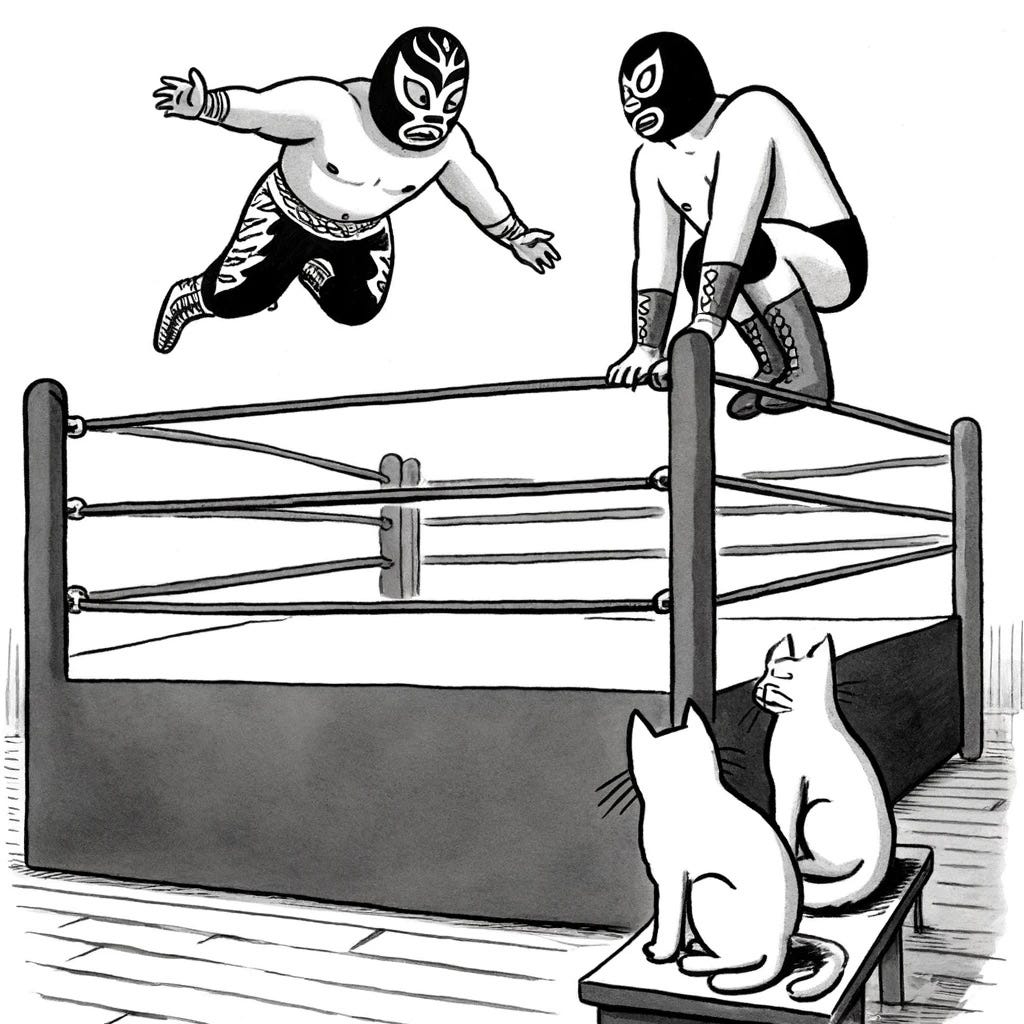NAPA VALLEY, Calif. — A cadre of Napa teenagers are tackling student mental-health issues by combining old-fashioned discussions with modern technology. The result is SHINEcast, student-led podcasts that explore mental-health topics for teens by breaking down stigmas around mental health while sharing the real-life experiences of today’s students.

Sitting around a table inside a recording studio on Walnut Street, the students from various local high schools appear as composed as seasoned television hosts while their panel discussion is being recorded.
Through interviews with peers, mental-health professionals and other community leaders, students are unpacking tough questions and exploring how to cope with the struggles of being a teenager in today’s chaotic world. So far the students have published four SHINEcast episodes and will be releasing a fifth toward the end of June. Plans for future episodes include talking about healthy relationships, loneliness, self-love and more.
Past podcasts, dealing with the relatable teen concerns of transitioning from high school, body image, feeling anxious and navigating academic pressure, can be viewed through Apple Podcasts, YouTube and Spotify. The series has a sizable audience and has been downloaded more than 1,000 times since launching in January.
Student producers meet once a week to plan future SHINEcast episodes, conduct research and record and edit the podcast.
“I’m glad I can put my skills to something worthwhile,” said Demian Gonzales, a New Technology High School senior who co-hosts podcast episodes. “Everything we’ve created so far has resonated with the group.”
The podcasts are an outgrowth of SHINE, which stands for Student Health Improvement Through Nonprofit Excellence. SHINE Napa Valley is a collaborative of local youth serving nonprofits that include the Napa Valley Education Foundation, Aldea Children & Family Services, Mentis Mental Health Services, On the Move and UpValley Family Centers. The partnership’s goal is to provide coordinated resources that maximize students’ access to mental-health services at their local school sites and beyond.
“We’re focused on health and wellness, and one of our largest initiatives is the SHINE initiative partnership we are a part of,” said Kristin Anderson program director for the Napa Valley Education Foundation. “One in five Napa County students will have mental-health problems throughout their school years; 60% of students do not receive the treatment they need due to stigma and lack of access to services. That’s why in 2022, with funding from our wonderful local vintners, the SHINE Collaborative was created.”
The barriers for teens to obtain mental-health care can be nearly insurmountable. In addition to access to services and social stigma about asking for help, there is a shortage of therapists – and an even greater shortage of therapists with bilingual skills or bicultural backgrounds.

Anderson expressed deep gratitude for the Napa Valley Vintners’ commitment to the cause of mental health for local young people.
“Napa Valley Vintners’ multiyear focus on the cause of mental health will have a lasting, positive impact on the lives of young people in Napa Valley,” she said.
According to Collective Napa Valley’s Facebook page, all proceeds from this year’s Napa Valley Auction Weekend, held May 31-June 1, will benefit youth mental-health programs. The event raised $4.8 million with additional donations continuing to come in.
SHINE funding is filling many gaps. Among other positives, it enables placing social workers and counselors at rural school sites to support students and families.
Though the SHINEcast students appreciate the adult mental-health support in Napa’s public schools, they think the most effective support for teenagers often comes from other teens.
“It makes me thankful that I’m not alone in my struggles when I talk with someone who has gone through the same struggles that I did,” said Yesha Sacatani, a junior at American Canyon High School.

Sacatani is committed to helping students “help each other realize their strengths and value in the world.” In addition to being a SHINEcast member, she founded the support group Self Lovin’ Hearts at her school.
While on lockdown during COVID she spent hours on Instagram.
“My insecurities began on Instagram,” Sacatani said. “The girls online were slim and fit. I started working out every day, obsessively looking for tutorials on how to look better. I became so self-conscious.”
When lockdown ended and she went back to school, her insecurities remained until finally one day, while comparing herself to another person online, she fell apart. Now she wants to help others who are in “a deep state of insecurity.”
Diego Sanchez, a 17-year-old senior at Vintage High School who goes by the nickname Ten and someday wants to go into public policy, values the opportunity SHINEcast has given him for personal growth and to reach other teens.
“The SHINE podcast philosophy is democratic,” Sanchez said. “I came to appreciate that aspect. Kristin, our supervisor, lets us have free creative control. They let us say what we want and edit it ourselves. We choose topics, when to film and who to film. I’d like to have Mike Thompson, Nancy Pelosi, a school board member and the mayor join us someday.”



Sanchez said that his involvement with the podcast series is a way to talk about subjects such as entertainment and social media that might provide immediate “dopamine hits” but lead to isolation and silent suffering.
“We kind of have become paralyzed by a lot of the modern-day comforts in life,” Sanchez said. “Teens have become inundated with technologies that allow them to hide from painful issues and injustices in the real world. Instead of trying to address those issues, we kind of just try to forget about them because it is not going to make us feel good.”
When the next school year begins the current SHINEcast team will move on, and other high schoolers will be given the opportunity to make mental-health podcasts.
More information is available at www.shinenapavalley.org.
If today’s story captured your interest, explore these related articles:
Supporting youth mental health: how it started, how it’s going
Weekender Encore: ‘The Real Housewives of Napa Valley’ Revealed
Supporting youth mental health: Making authentic connections
Navigating seasonal changes: A guide to self-care and mental wellness
Rosemarie Kempton is a Napa Valley-based journalist.
Levity Corner
Caption contest: Pick your favorite caption or add your own in the comments below.
Vote for your favorite in the poll below (there’s not enough room in the polls for the complete answers).
"Giraffe: 'Can someone get me a taller microphone?'"
"Lion: 'First topic, why does everyone assume I'm always hungry?'"
'Let's talk about the elephant in the room – oh wait, he's late again.'"
"Rabbit: 'Who else here has switched to a plant-based diet?'"
"And that's when I realized, I'm not just a rabbit, I'm a life coach."
Last week’s winner
The winning caption, with 50% of the votes was, "I wonder if they can land on their feet.?”
Last Week
Sasha Paulsen reviewed Lucky Penny Productions' "The Real Housewives of Napa Valley," a new musical running through June 16. The show, written by Barry Martin and Rob Broadhurst, is a witty farce that satirizes reality TV and features a cast of five housewives whose antics draw laughs from the audience. Paulsen highlighted standout performances, including Daniela Innocent Beem's powerful finish. The plot centers on the housewives facing the cancellation of their TV show and an ensuing identity crisis. Martin's direction and the creative team's humor offer an enjoyable experience for theatergoers.
Tim Carl discussed the onset of a busy rattlesnake season in "Under the Hood: Gear up for a Busy Rattlesnake Season," focusing on insights from Len Ramirez, a veteran rattlesnake wrangler. Ramirez noted that the combination of heavy early rains and warm weather has increased rattlesnake activity in Napa Valley. His work involves safely capturing and relocating these snakes to preserve ecological balance and prevent human and pet encounters. Ramirez emphasized the importance of vigilance and understanding rattlesnake behavior to ensure safety during this active season.
Sasha Paulsen reported on the success of the first La Onda Festival, held at the Napa Expo on June 1 and 2. Organized by Latitude 38 Entertainment, the festival showcased Latin music with performances by artists such as Maná, Junior H, and Alejandro Fernández, attracting 65,000 attendees. The event featured colorful decorations, diverse food offerings and a joyful atmosphere, with festivalgoers praising the celebration of Latino culture. Paulsen noted that the festival was well-received by the community and highlighted its positive impact, with plans already in motion for the 2025 festival.
Last week Napa Valley mourned the loss of Warren Winiarski, who passed away at 95. The founder of Stag’s Leap Wine Cellars, Winiarski revolutionized Napa Valley wines, gaining international recognition when his 1973 cabernet sauvignon triumphed in the 1976 Judgment of Paris. Born in Chicago, in 1964 Winiarski's passion for winemaking led him to Napa, where he apprenticed at Souverain Cellars and became the first hired winemaker at Robert Mondavi Winery. Known for his conservation efforts and philanthropy, Winiarski supported the Napa Valley Agricultural Preserve and contributed to the Land Trust of Napa County, the Smithsonian Institution and UC Davis. He is survived by his children — Stephen, Julia and Kasia — and six grandchildren.
Drew Tomasyan highlighted the unique tree collection at Fuller Park in his article, "Fuller Park Is Home to Historic Trees." Located in downtown Napa, the park features a variety of native and exotic trees, including the distinctive Atlas cedar and the prehistoric dawn redwood. Named after Mayor C.H. Fuller, the park has evolved into an arboretum, providing significant environmental benefits such as carbon absorption, air purification and habitat creation. Additionally, the UC Master Gardeners of Napa County offer free walking tours to educate visitors about the park's trees and history, promoting community well-being and environmental health.
Dan Berger examined the transformation of Napa Valley's wine industry in "Dan Berger’s Wine Chronicles: The Evolution and Art of Winemaking." He highlighted how iconic images such as Napa Valley have endured over time, initially gaining prominence in the 1950s through popular culture. However, Napa's reputation faces challenges due to increased commercialization and a shift toward predominantly cabernet production, which has overshadowed the region's historic diversity in grape varieties. Berger expressed concern that the focus on luxury experiences and high prices may alienate future wine enthusiasts, potentially impacting Napa's long-term legacy as "America's Wine Country."
Cynthia Sweeney explored the prominent presence of Napa Valley wines in Hawaii in her article, "Napa Valley Wines Enjoy Hawaiian Connections." From exclusive resorts to local barbecues, Napa wines, especially red blends and cabernet sauvignon, are popular among Hawaiians. Alex Thropp of Kona Westside Wines and David Sedeno of Pono Wines are key figures in bridging this connection. Thropp stocks his award-winning store with select Napa wines, while Sedeno, originally from Oahu, founded his own Napa Valley label. The Tedeschi Family Winery in Calistoga also maintains ties to Hawaii, with Emil Tedeschi co-founding a vineyard on Maui. Despite the geographical distance, the appreciation for Napa wines thrives in Hawaii.
Virginie Boone explored the evolving role of wine at BottleRock Napa Valley in her article "Under the Hood: What Is Wine's Place at BottleRock Napa Valley?" This year's festival, featuring headliners Stevie Nicks, Pearl Jam, and Ed Sheeran, continued its tradition of blending world-class music with food, wine and brew. However, a recent San Francisco Chronicle article sparked debate by criticizing past wine offerings as uninspiring, prompting reactions from Napa residents and industry figures. They noted the high costs and competitive challenges for wineries compared to more affordable beer and spirits. Despite these issues, some wineries like Lang & Reed found success and engagement with festivalgoers. Boone highlighted the complexities of maintaining wine's prominence in an environment where diverse, often less expensive, beverages also vie for attention.
Next Week
Next week we have more interesting articles from a host of Napa Valley Features contributors. Dan Berger will explore Napa Valley wines. On Wednesday, the Master Gardener series will continue with timely gardening tips for our region, and the Weekender will cover events around the valley. Glenda Winders will discuss the negative implications of generational tensions and the benefits of working together. Tim Carl, in the "Under the Hood" series, will delve into the impact of AI on local media. There will be lots more, too. Stay tuned.









This article about Shinecast is amazing. I think these students are so honest and brave to publicly share their issues with the ability to help other teens with their own problems. Social media has made so many teens feel inadequate and invisible except to bully and insult them. These teens are hopefully serving as role models for other mental health programs to be formed and to serve the teen populations. I hope that one of the goals of this program will help to foster other teen programs, and I think many adults have these same issues. I look forward to listening to their podcasts. If I can be of some help to spread the information about this program to other groups of people who are in need, I would welcome the opportunity. Thse students deserve much praise and recognition for doing such essential work to support other people in need.
Fascinating article on the SHINE program and podcast. Wonderful the Napa Valley Vintners are supporting such a much needed service. Between social media and Covid teens need resources to help their mental wellness. Hats off to a brave group of teens helping their community. Wonderful article.